Proba-V detecting aircraft by europeanspaceagency (via http://flic.kr/p/schtUP )

Proba-V detecting aircraft by europeanspaceagency (via http://flic.kr/p/schtUP )

Proba-V detecting aircraft by europeanspaceagency (via http://flic.kr/p/schtUP )

Calbuco Volcano, Chile by europeanspaceagency (via http://flic.kr/p/svtZqC )

_MG_4132.jpg by Gazgoyle (via http://flic.kr/p/qt4KuB )

Firework by yvernin (via http://flic.kr/p/r5XsCz )

(via Cal Lane)


CJ_IMG_15_01029.jpg by catjones (via http://flic.kr/p/sm66ar )

curious product at LMCC studio visit #rejuvenique by chriswoebken (via http://flic.kr/p/rxp5pd )

gehobenegastfreundschaft = 24 letters / 24 hinges / 24 thon era chairs by andreas strauss (via http://flic.kr/p/sq4ifE )

Misty by Misha Sokolnikov (via http://flic.kr/p/srQ8m4 )

think twice by lars on mars (via http://flic.kr/p/sqsjdb )

Priore sans objet by giò batta (via http://flic.kr/p/rtHMNU )

by anna zelikova (via http://flic.kr/p/7GURBv )
Policy algorithms can cause real damage that is difficult to remedy under existing legal protections, especially when algorithms terminate basic services. If community members are unfairly stigmatized by police surveillance or incorrectly denied care for acute medical conditions, it is nearly impossible to make them whole after the fact. So how do we preserve fairness, due process, and equity in automated decision-making?

Wallstract # 2 by bruXella & bruXellius (via http://flic.kr/p/s8g4nR )

freak show by lars on mars (via http://flic.kr/p/spykm7 )

Anybody in the city want an enlarger? Decent starter, I can hook up some plastic tanks and reels to sweeten the deal. Free or 2 rolls of HP5. by carson_lancaster (via https://instagram.com/p/2J9bWpKusp/)
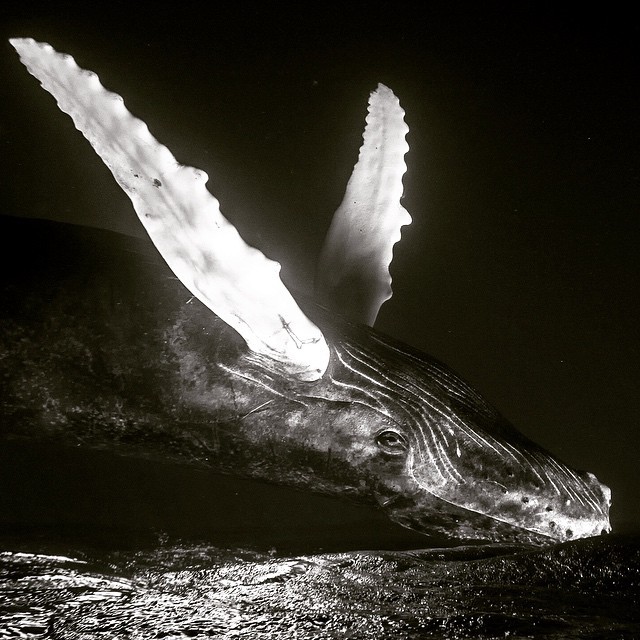
Fly little whale, fly! by chris_michel (via https://instagram.com/p/2KpGUCPCGS/)

by undeplus (via http://flic.kr/p/spiHaM )
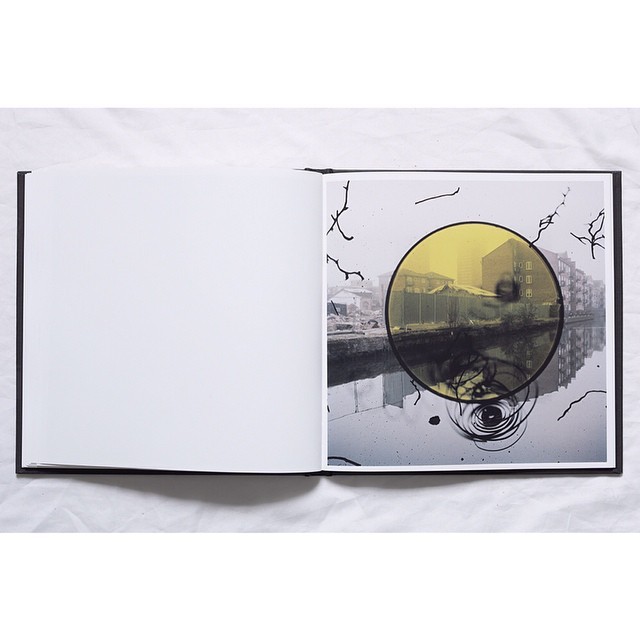
#Talkingtoants, #stephengill , #eastlondon, 2009-2013. Published in 2014. More info: nobodybooks.com by stephen_gill_ (via https://instagram.com/p/vMJIhFnWFt/)
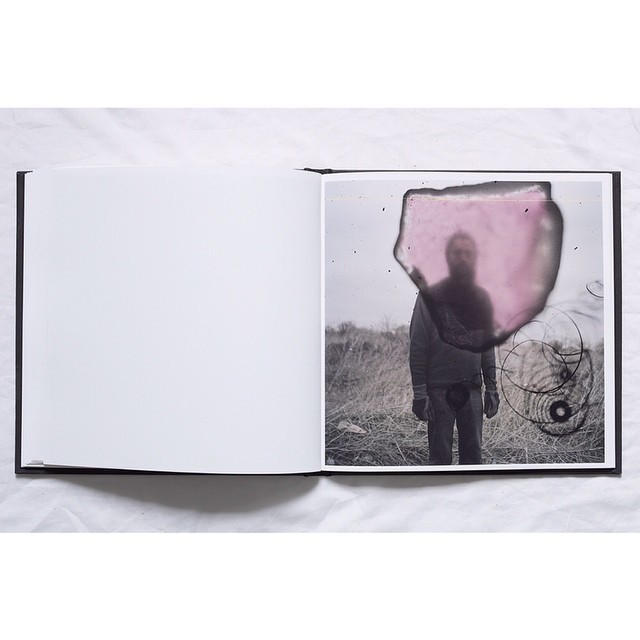
#Talkingtoants, #stephengill , #eastlondon, 2009-2013. Published in 2014. More info: nobodybooks.com by stephen_gill_ (via https://instagram.com/p/vMJLzPnWGF/)
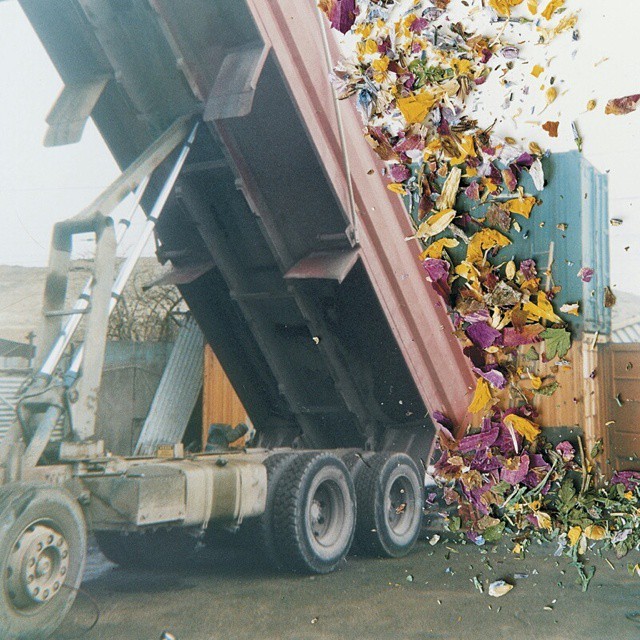
If you are not following @stephen_gill_ , you are, again, very wrong. by thomas_sauvin (via https://instagram.com/p/2JAqVBImVd/)

20150427 (via http://flic.kr/p/spozfP )

20150426 (via http://flic.kr/p/s7RefW )

On The Scene by black opal_2005 (via http://flic.kr/p/jYBQq1 )

by Desmond Tang (via http://flic.kr/p/c8bjqL )

by Desmond Tang (via http://flic.kr/p/bQwFxx )

Aftermath by Desmond Tang (via http://flic.kr/p/bogw4q )

by Desmond Tang (via http://flic.kr/p/nQGtAU )

by Stefanie Schaut (via http://flic.kr/p/r7Q6eE )

space organic mind by lars on mars (via http://flic.kr/p/re4Ea7 )

Bastei by perlas ensangrentadas (via http://flic.kr/p/rq66i6 )

Real Field by SortOfNatural (via http://flic.kr/p/dfdKag )

Seaweed Farms in South Korea [detail] by NASA Goddard Photo and Video (via http://flic.kr/p/soKEa6 )


stillness #02 (via http://flic.kr/p/rrYiTg )

From “Gemma Sapientiae et Prudentiae”; MDCCXXXV
(Wellcome Library, London)

“
The way gevulot works is by generating a tree of public and private key pairs: a new pair is generated whenever the user has a new memory, domain or experience they want to specify gevulot rights for. They are also encrypted with the pair above them in the hierarchy. The point is that only the individual is supposed to have access to the root. ‘Except that—’
–Hannu Rajaniemi in The Quantum Thief

“And the rest is rust and stardust.”
–Vladimir Nabokov

Glacial Drift
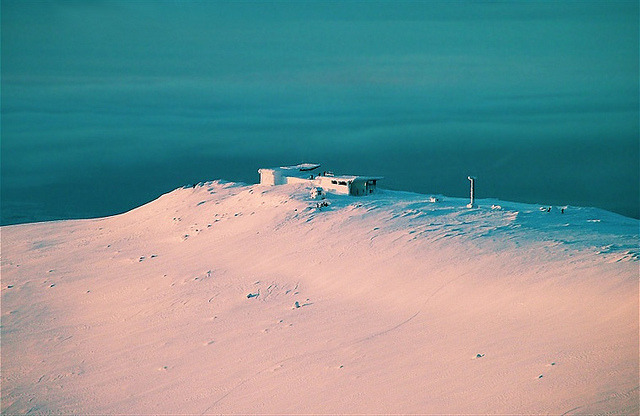

Precessional Orbit-Lung by .sWineDriveR. (via http://flic.kr/p/9WuTZn )

derwandelndegeist-deactivated20:
Surgical tools from 1650

Stanley Greenbergph. - ‘Invisible New York, The hidden infrastructure of the city’ photobook


Jim Kazanjian, Untitled (Object), archival pigment print, 2011

Crossing the Nepean, after sunset by Stilgherrian (via http://flic.kr/p/sor2XD )

murmurs by Rfdshir (via http://flic.kr/p/smnFGb )

Hey fuckyeahdarkextropian , m1k3y
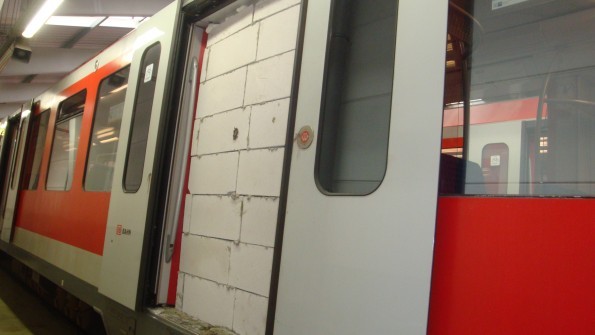
“Lange hielt die Mauer nicht: Laut Auskunft der Deutschen Bahn musste die S-Bahn für zwölf Stunden aus dem Betrieb genommen werden, um die Mauer zu entfernen und den Waggon betriebsbereit zu machen.”
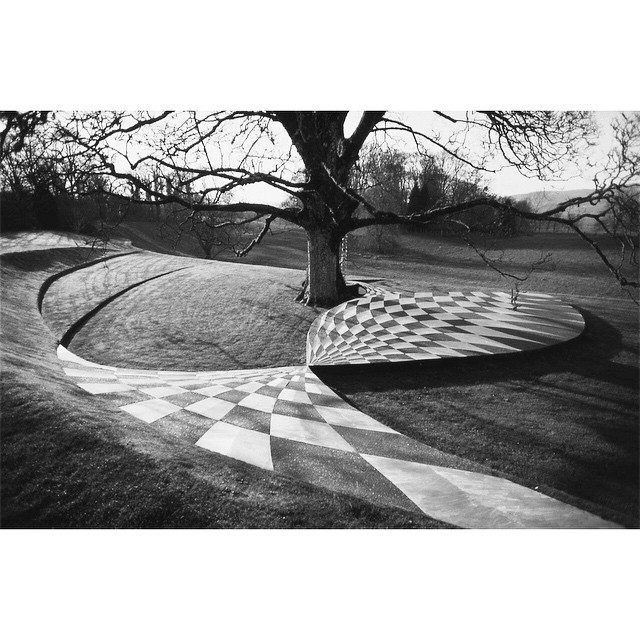
‘Garden of Cosmic Speculation’ by #CharlesJencks in Dumfries, Scotland. #DelfinasGold by amagcuratedby (via https://instagram.com/p/2GFcgPC-v2/)

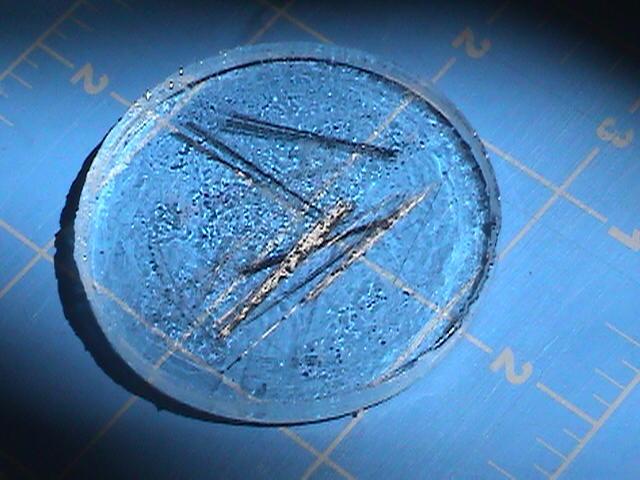
A synthetic muscle enhanced with carbon fibers for space-robots on the ISS
An American company creates muscles out of an advanced smart material that could be used in robots, expanding its capabilities while enabling them to go places considered too dangerous for humans. As astronauts on the International Space Station (ISS) study how the material reacts to the space environment, scientists on Earth are investigating the application of these same muscles in prosthetics, allowing fabrication of extremely realistic replacements for people who have lost limbs.

When the right nutrients come together in coastal waters, it can feed a phytoplankton bloom large enough to be visible to satellites. The phytoplankton themselves are microscopic organisms that are easily carried along by oceanic flows. In fluid dynamics terms, they are passive scalars or seed particles–additives that reveal the structure of the flow without altering it. Here the phytoplankton uncover the large-scale turbulent structure of flow in the Arabian Sea. Check the scale in the lower right. Many of the green eddies and swirls in this satellite image are hundreds of kilometers across. Yet, if we could zoom way in, we would still see turbulence acting on scales down to the millimeter length or below. This incredibly large range of length scales–eight or more orders of magnitude here–is a common characteristic of turbulence and part of what makes it such a challenge to understand or model. (Image credit: NASA Earth Observatory)
“If all the world’s a stage, and if we’re all constantly recording ourselves and each other on that stage, then it might be said that we’ve become nonfiction characters in a kind of strange, endless live-stream performance documentary. With all the complexities embedded in the rendering of nonfictions, it becomes troublesome when our media and legal institutions get overly enamoured with, and wrapped in reproducing, the permanent state of ‘fictionalising reality’ that constitutes the form. I’ve written before about my desire for viewers of documentaries to better understand the volatile, intricate nature of nonfiction performance, but when put in this sort of Orwellian context, this interest can be seen as having to do with something more consequential and more frightening than a relatively straightforward question of aesthetics.”
–Read my finger | Unfiction | Sight& Sound | BFI (viajuhavantzelfde)

Calbuco’s plume over Chile by NASA Goddard Photo and Video (via http://flic.kr/p/s6njJo )

Nepal earthquake deformation by europeanspaceagency (via http://flic.kr/p/rqQWRh )
During last year’s regional assembly elections in Chhattisgarh, for instance, the Bharatiya Janata Party (BJP) filed a formal complaint after an Indian National Congress party elder allegedly told tribal voters that the EVMs would electrocute them if they voted for non-Congress candidates. The BJP won the election, but the Election Commission’s FAQ now reassuresprospective voters that there is no chance of electrocution from “short-circuitry or [any] other reason.”
http://qz.com/199553/indias-democracy-runs-on–1–7-million-electronic-voting-machines/

20150425 (via http://flic.kr/p/skkSrC )

20150424 (via http://flic.kr/p/s4iFG2 )
“We may speculate that humans explore such invariant cues to anticipate upcoming transitions. However, individuals may interpret the cues differently; some may go deeper to identify structural-revealing characteristics to optimize and adapt their action relative to critical transitions, while others may simply ignore the signals due to biased beliefs. It’s also possible that our brain has been wired to perceive such invariance as we perform perceptual or higher-level cognitive reasoning. There’s much to investigate.” “My highly ambitious, yet scientifically unfounded, conjecture,” Moon added, “would be that the brain might be performing linear algebra-based spectral analysis to decompose the dynamics and summarize the patterns!”
http://phys.org/news/2015–04-complicated-self-organized-patterns-emergent-behavior.html

20150423 (via http://flic.kr/p/s4iDZ4 )

20150422 (via http://flic.kr/p/rqPRsT )

20150421 (via http://flic.kr/p/rqPQy8 )

20150420 (via http://flic.kr/p/s4iBQV )

20150419 (via http://flic.kr/p/s63pwW )

20150418 (via http://flic.kr/p/snAq2r )

20150417 (via http://flic.kr/p/s6bgJM )

715_0238 (via http://flic.kr/p/rqNJ4X )

IMG_4306 by ihatemyweaknesses (via http://flic.kr/p/shzvq4 )

20150415 (via http://flic.kr/p/rqcX1E )

20150414 (via http://flic.kr/p/rqpc8V )

20150416 (via http://flic.kr/p/s5AoRj )

20150413 (via http://flic.kr/p/rqnpdk )

20150412 (via http://flic.kr/p/sjTm69 )

20150411 (via http://flic.kr/p/s5A26L )

20150410 (via http://flic.kr/p/rqb4Hm )

20150409 (via http://flic.kr/p/sn8xFP )

20150408 (via http://flic.kr/p/s5zszJ )

20150407 (via http://flic.kr/p/sn1n77 )


Zero-G A310 ready to fly by europeanspaceagency (via http://flic.kr/p/smKAT8 )

P113 -2012-


20150406 (via http://flic.kr/p/s4Q3cn )

715_0220 (via http://flic.kr/p/s4PWJP )

Collage -2627 by Poetic Medium (via http://flic.kr/p/s4jDNS )

CHAKRA by Simon Silaidis - UrbanCalligraphy (via http://flic.kr/p/s4zVEJ )

slinky space by lars on mars (via http://flic.kr/p/s4AiSh )

home by lars on mars (via http://flic.kr/p/s4KLy6 )

20150405 (via http://flic.kr/p/rpoQ4r )

20150404 (via http://flic.kr/p/s2SvVK )

20150403 (via http://flic.kr/p/s4Koc2 )

20150402 (via http://flic.kr/p/s2SsVB )

20150401 (via http://flic.kr/p/rpcopd )

20150331 (via http://flic.kr/p/s2SqFB )

20150330 (via http://flic.kr/p/sma8eV )

20150329 (via http://flic.kr/p/smcAba )

20150328 (via http://flic.kr/p/siUxLs )